Discovering South America on Tenerife
categories: europe travelWe emerge from the protective pine forest canopy into full sunshine, stepping aside to allow caballeros (horsemen) to pass. Horses are still a common mode of transport in the upper La Orotava Valley on Tenerife. Ahead, a narrow path through an explosive display of wildflowers leads the way. Above the pines, the immense bulk of Spain’s highest mountain, the dozing volcano Mount Teide, hogs the scenic limelight. To the side of the path are agricultural terraces. In each, families the size of small armies pull at emerald plants. We stop to ask a farmer what they’re harvesting.
“Patatas,” he replies, followed by an invite to join the harvesters. Within minutes we’ve swapped our hike for a fiesta in a field amongst four generations of potato pickers. Plastic cups are thrust into our hands and filled with an earthy and extremely drinkable vino del pais (country wine). My friend beams and looks around, slightly awestruck. It’s not the Tenerife he expected.
“This doesn’t feel like Spain,” he murmurs. “This feels like South America.”
This feels like South America. It’s not the first time that a well-traveled visitor has come out with this statement and it won’t be the last.
It’s no surprise. Tenerife and the Canary Islands have been connected to South America since Christopher Columbus passed through on his way to discover the Americas.
He didn’t stop at Tenerife in 1492. The natives were revolting and the volcano was blowing its top; not the most inviting of locations to top up supplies and the suntan.
Tenerife was conquered four years later and ports were built as the island lay at the crossroads between Europe and the New World. In the 500-plus years since, links between Tenerife and South America have grown ever stronger, influencing culture, food, music, and the landscape.
The Jardín de Aclimatación in the La Paz area of Puerto de la Cruz is a shrine to exotic flora from the New World. It was established in the 18th century as a halfway house between South America and Spain for plants destined for the court of King Carlos III. Mainland Spain’s climate proved too harsh for the plants, so many were left to flourish on Tenerife. The gardens house over 5000 specimens including a colossal 200-year-old Higuera.
However, it’s people who have had the greatest impact. Throughout Tenerife’s history, there have been boom and bust periods. In times of hardship, the islanders headed west to South America. When these ‘Indianos’ made their fortune, they returned to their homeland bringing money as well as a taste for Latino food and music.
Like the rest of Spain, Tinerfeños (Tenerife islanders) are fiesta junkies, with the biggest celebration of the year being ‘Carnaval’ during February/March. Some say carnival celebrations in Tenerife’s capital, Santa Cruz, are second only to Rio de Janeiro’s. Maybe, maybe not. Tenerife tourism will help you get there and judge for yourself. What is a fact is that up to 100,000 revelers salsa and merengue throughout the night at carnival street parties where the thumping sounds that fuel the party are Latino and reggaeton – a Latin/reggae/hip-hop fusion. It’s not just carnival, every fiesta comes with a hip-swiveling, South American soundtrack.
My introduction to South America’s culinary influence took place at a no-frills café in La Laguna, a UNESCO World Heritage Site whose revolutionary grid layout was the blueprint for several South American cities.
When I ordered a bocadillo (filled baguette) the waiter refused, suggesting I try something called an arepa. These grilled or fried Venezuelan cornflour flatbreads filled with spicy beef or chicken, mayo, and avocado were a revelation and, at a couple of Euros each, very cheap. Since then I’ve tested arepas across Tenerife, my current favorite is from a kiosk in Santiago del Teide; a town with the look of a Mexican pueblo.
As well as Venezuelan, there are Argentinian and Peruvian restaurants. Recently I had my first taste of Chilean tapas at Arlequin, a great little joint in the coastal town of Playa San Juan.
Possibly the most intense experience for anyone seeking a South American hit is found at Azucar in Puerto de la Cruz. The former colonial gentlemen’s club is a steamy Cuban bar in a colonial building where more-ish mojitos flow till 3 am and beyond, and the clientèle put on sensual displays of hip-grinding salsa that is almost voyeuristic to watch. The first visit to the bar can be quite intimidating, but after a couple of hours, with a few mojitos notched up, it will be pushing for the number one spot of your favorite bars around the world.
One night at Azucar should be enough to convince any visitor that Tenerife may be a Spanish island near the coast of Africa, but the beat it sways sexily to is unmistakably South American.
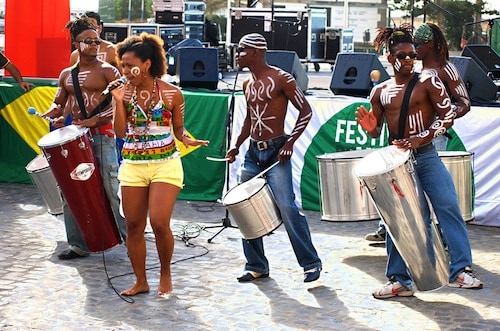

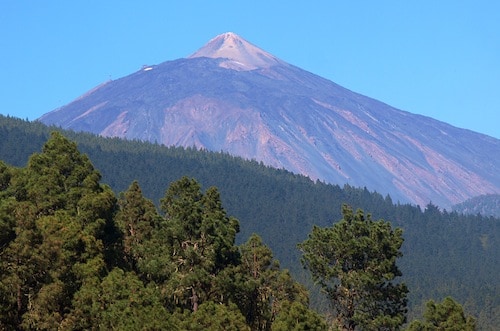

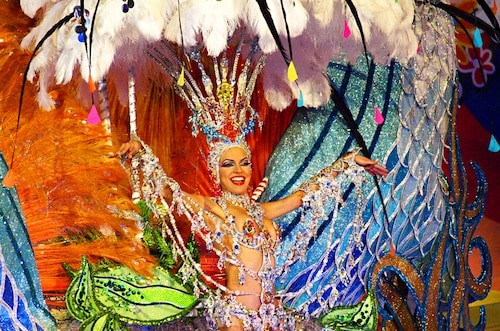
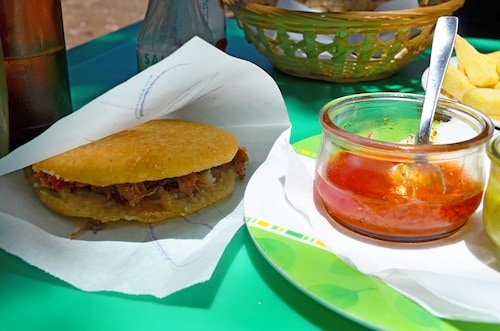
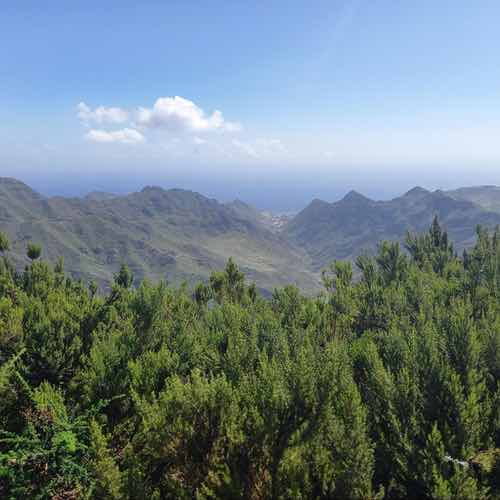 Tenerife Workation: Why Tenerife is the Perfect Place to Experience a Workation
Tenerife Workation: Why Tenerife is the Perfect Place to Experience a Workation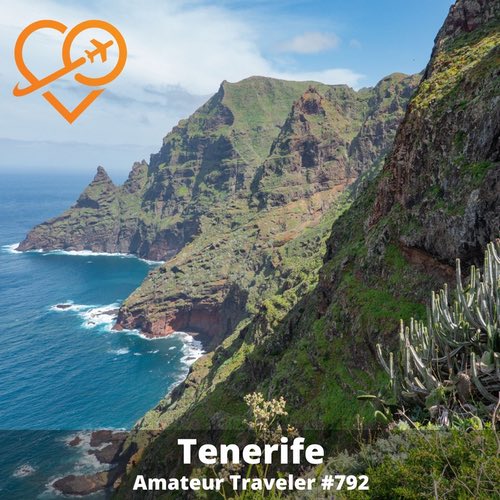 Travel to Tenerife – Episode 792
Travel to Tenerife – Episode 792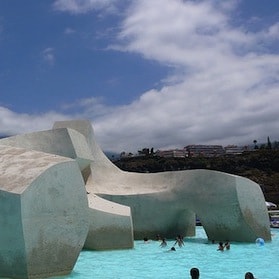 Tenerife Water Parks and Water Sports
Tenerife Water Parks and Water Sports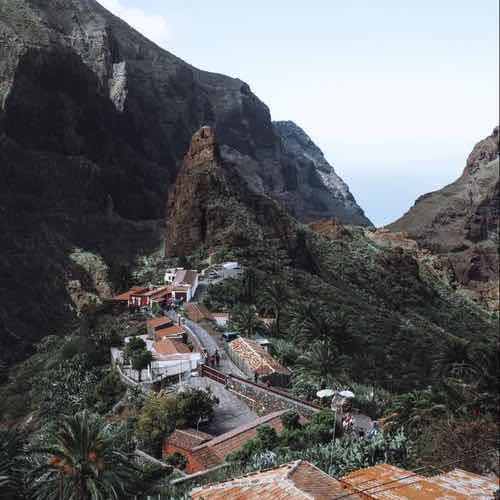 10 Best Hiking Trails in Tenerife – Canary Islands
10 Best Hiking Trails in Tenerife – Canary Islands

Sebastian
Says:November 17th, 2013 at 3:27 pm
Next year when I finish my studies I will travel to South America. I can’t wait to experience the beautiful landscape, the warm weather, the vibe of samba and salsa and the stunning Latinas.
A friend of mine said recently: “if you haven’t lived in South America you haven’t lived at all”
Cestovanie
Says:March 10th, 2014 at 3:24 pm
Tenerife is Amazing. Teide volcano, playa teresitas, and the mountains. Amazing place 😉